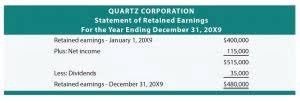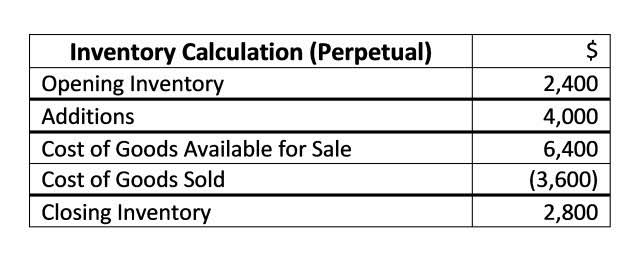
A gain results when an asset is disposed of in exchange for something of greater value. The double-declining balance method is typically used when the asset, like a vehicle, will depreciate faster in the early years of its life before slowing down. ‘Cost of the asset’ is the amount you paid to purchase the asset and ‘salvage value’ is the cash you receive when you sell the asset at the end of its useful life.
- Additionally the account is sometimes called the disposal account, gains/losses on disposal account, or sales of assets account.
- Recycling involves breaking down assets that are no longer functional and recovering useful materials.
- In this case, the disposal accounting is much more likely to result in a recognized loss, since the assumption is that the asset still had some of its useful life left when it was lost.
- This type of asset has a useful life of more than one accounting period (usually many years) and must be valued at the end of each accounting period.
- The company recognizes a gain if the cash or trade-in allowance received is greater than the book value of the asset.
- 2020 was not a good year for office occupancy due to the effects of the pandemic.
Great! The Financial Professional Will Get Back To You Soon.

He has been the CFO or controller of both small and medium sized companies and has run small businesses of his own. He has been a manager and an auditor with Deloitte, a big 4 accountancy firm, and holds a degree from Loughborough University. In the final part of the question the business sells the asset for 4,500. Since the asset had a net book value of 3,000 the profit on disposal is calculated as follows. In the second part of the question the business sells the asset for 2,000. Let’s consider the following example to analyze the different situations that require an asset disposal.
Digitalization of Fixed Assets Management

For example, a gain on the sale of an asset increases taxable income, potentially raising the company’s tax liability. Conversely, a loss on disposal can reduce taxable income, providing a tax benefit. Likewise, we can make the journal entry for disposal of the fully depreciated asset by debiting the accumulated depreciation account https://www.facebook.com/BooksTimeInc/ and crediting the fixed asset account.
- Next, compare its book value to the value of what you get for in return for the asset to determine if you breakeven, have a gain, or have a loss.
- When an asset is sold for more than its Net Book Value, we have a gain on the sale of the asset.
- This equipment has a net book value of $4,000 which comes from the original cost of $20,000 minus the accumulated depreciation of $16,000 as of the disposal date.
- For this, they must compute the difference between the asset’s cost and salvage value and divide the result by the asset’s useful life.
- Then, it divides the difference by the asset’s overall life or total years of usefulness.
Selling a Fixed Asset

Because of the conservatism concept in accounting, any realized loss on a trade-in must be recognized in the accounting records. It is ultimately realized through lower depreciation charges in future years because the how to record disposal of asset asset is recorded at $61,000, rather than at its list price of $65,000. To illustrate the accounting procedures when a realized gain on a trade-in occurs, assume that the Jackson Company trades in a delivery truck for a new one. Depreciation must be recorded up to the date of disposal and, where appropriate, a gain or loss must be recorded on the disposal.
Example of a Fixed Asset Disposal

All such information is provided solely for convenience purposes only and all users thereof should be guided accordingly. For information pertaining to the registration status of 11 Financial, please contact the state securities regulators for those states in which 11 Financial maintains a registration filing. There is no limit to the number of times entities can claim this relief. That said, one must remember that individuals’ claims must not exceed £1 million over their lifetime. Also, one may be able to claim a higher amount if they offloaded their assets before March https://www.bookstime.com/articles/prepaid-rent-accounting-definition-and-meaning 11, 2020. Next, companies must compute the difference between the asset’s initial value and the yearly depreciation to determine the asset’s new value.
- And, if we dispose of the fixed asset that has already been fully depreciated, there won’t be any loss either.
- The adjusting entry for depreciation is normally made on 12/31 of each calendar year.
- Partial-year depreciation to update the truck’s book value at the time of trade- in could also result in a loss or break-even situation.
- The net effect of these cash flows provides stakeholders with a comprehensive view of how the disposal has affected the company’s financial position and its cash reserves.
- That said, they must record it, too, if they donated or threw away the asset.
- 11 Financial may only transact business in those states in which it is registered, or qualifies for an exemption or exclusion from registration requirements.
- After five years, the building is fully depreciated with a residual value of $0.
